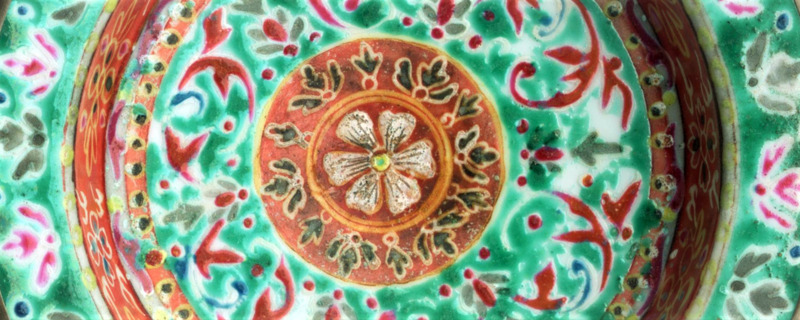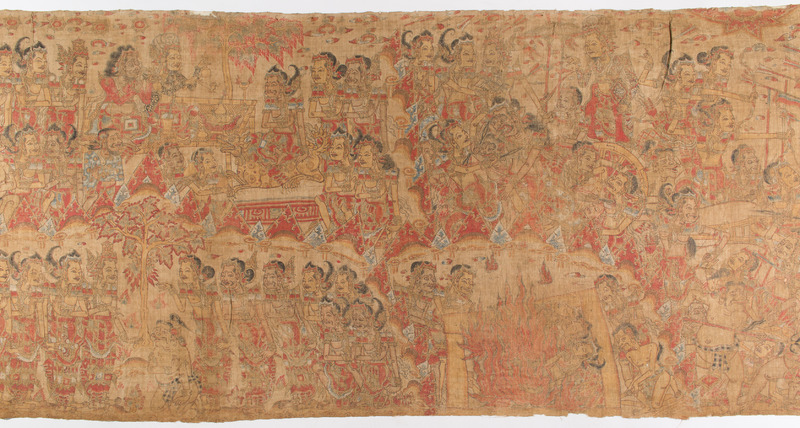(Re)Collecting Southeast Asia at the Johnson Museum
“(Re)collecting” signifies the active process of remembering and draws attention to the power of collections of material things to elicit memories and histories and to serve as witnesses and participants in social and political change. The exhibit showcases a collection of objects at the Johnson Museum that have been donated by alumni and faculty of the Cornell Southeast Asian Program (SEAP), beginning in the 1970s with gifts of Buddhist sculpture from today’s Thailand from Alexander Brown Griswold, SEAP Visiting Professor of Southeast Asian Art and Archaeology.
In creating this collection of a collection, our approach is both reflexive and reflective, emphasizing the history of collecting and its social and geopolitical underpinnings. As we consider objects in relation to the journeys that brought them to Ithaca, we attempt to foreground memories and voices of individuals who contributed to the collection or who have engaged with it in meaningful ways, especially those who may not be recognized in usual or existing coverage of the objects, like spouses, assistants, students, and faculty members who use the objects as integral dimensions of their pedagogy and coursework. In order to historicize the processes of collecting and the production of scholarship and teaching materials based on these objects, we have relied on archival materials held at Cornell’s Rare and Manuscript Collections. We have also looked to the Johnson Museum’s acquisition records and exhibition history to understand the ongoing recontextualizations of these collections as mediated by curators and SEAP faculty and students.
Through our research, we have come to understand more deeply how the collecting engaged in by earlier generations of members of the SEAP community was facilitated and propelled by rich friendships and professional relationships with one another and with a small and close network of contacts from the US, Europe, and Asia.[i] These patterns continue to influence acquisition practices and exhibition planning at the museum. Museum activities are also shaped by the visions of visiting scholars and contemporary artists from Southeast Asia, illuminating ongoing collaborations that occur within and beyond academia and that connect generations of SEAP affiliates around the world. The varied source materials that appear in this exhibit have provided us with surprising details and exciting entry points into the whims, politics, economics, privileges, and pleasures of collecting that stem from collectors’ experiences and research in Southeast Asia.
Collections are inherently partial, as is this exhibit. We push against desires for wholeness and the binary logic and notions of boundedness that undergird them, and we embrace the possibility of the uncertainty of the fragment. We look to fragments of potsherds collected by Ruth Sharp; traces of shadows left by flitting wayang puppets and performers; severed heads of Buddha images and clay figurines; glimpses of an ider-ider in rooms across campus; and fragments of memories generously shared with us by members of the SEAP community, to follow interconnected webs that extend to the ancient past while leading us to the present.
[i] We wish to express warm appreciation for conversations with and insight offered by Ellen Avril, Thak Chaloemtiarana, Jennifer Foley, Frederic Gleach, Martin Hatch, Emily Hayflick, Audrey Kahin, Kaja McGowan, Stanley O'Connor, Carol Skinner, Suki Starnes, Nora Taylor, Yohko Tsuji, Hiram Woodward, and others.



